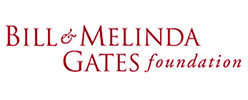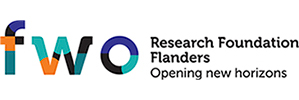Challenges
At present, there is no surveillance system to monitor the emergence and spread of anthelmintic resistance. It remains unclear to what extent the efficacy of drugs may have dropped and whether anthelmintic resistance is already present. However, developing such a system is not straightforward. Deworming programs typically operate in resource-constrained settings, and program managers require some flexibility to minimize both financial and technical resources, while ensuring a reliable assessment of the drug efficacy. The most important obstacles to globally monitor patterns of changing drug efficacy and spread of anthelmintic resistance are the following:
- the shortage of diagnostic laboratories with experienced staff to perform the surveys and analyze and report the obtained data
- the absence of a quality assurance system that guarantees auditable results
- the lack of guidance in designing surveys as the programs progresses
- the lack of data supporting the validity of molecular markers to detect anthelmintic resistance in human STHs
- the lack of sensitive and point-of-care tools that allow the detection of low frequencies of anthelmintic resistance




